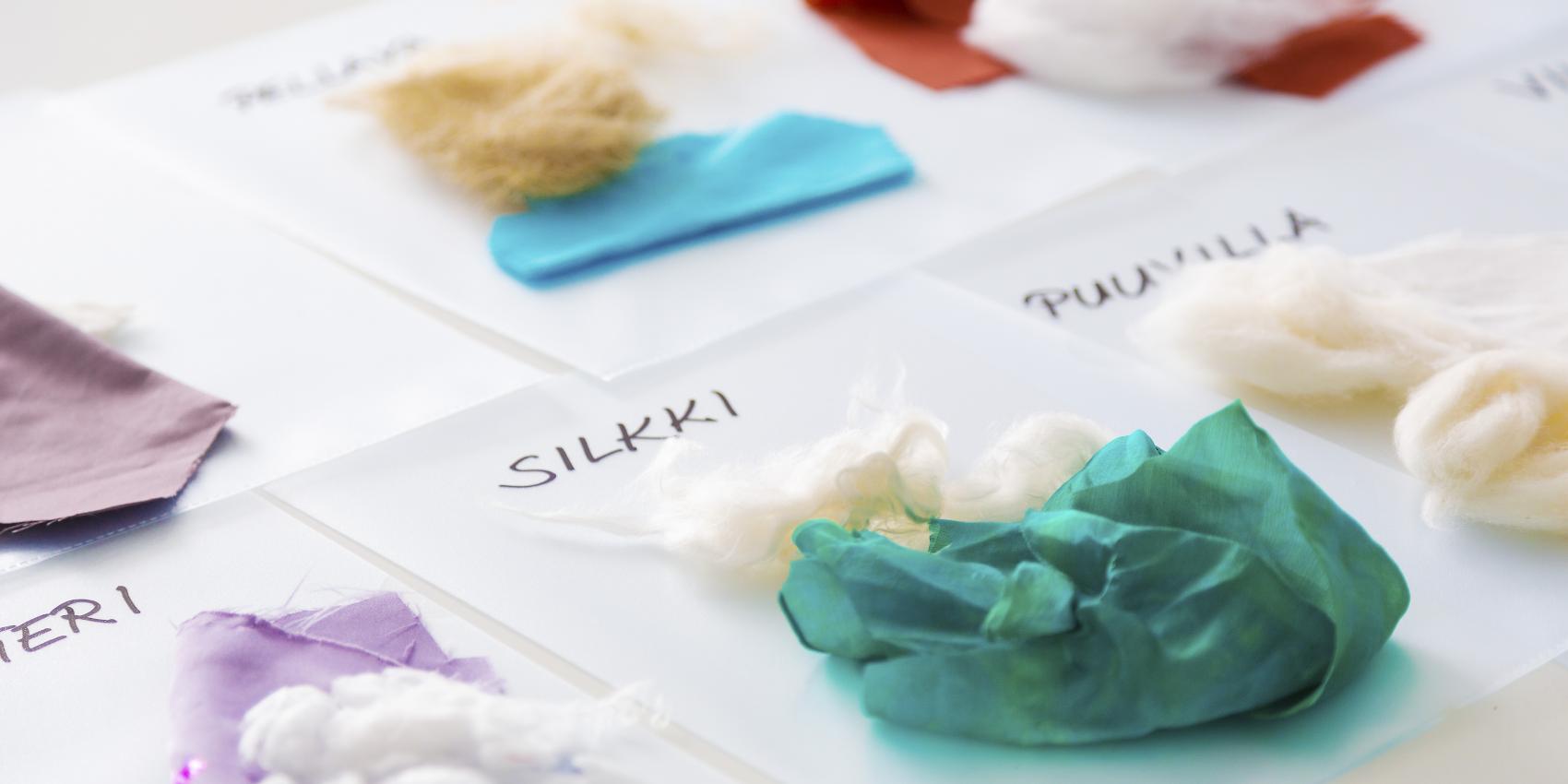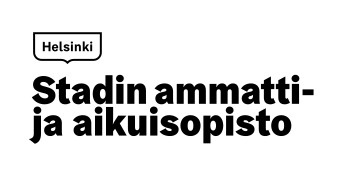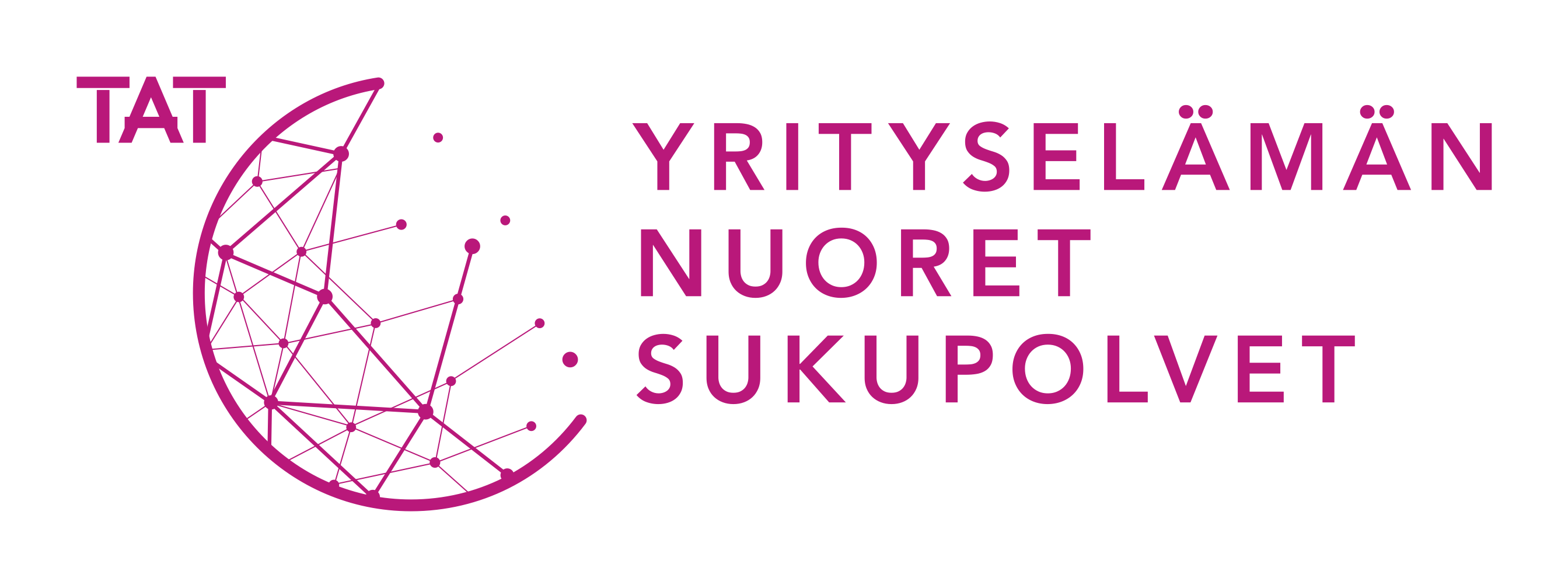Lengthening the lifecycle and planning post-life use
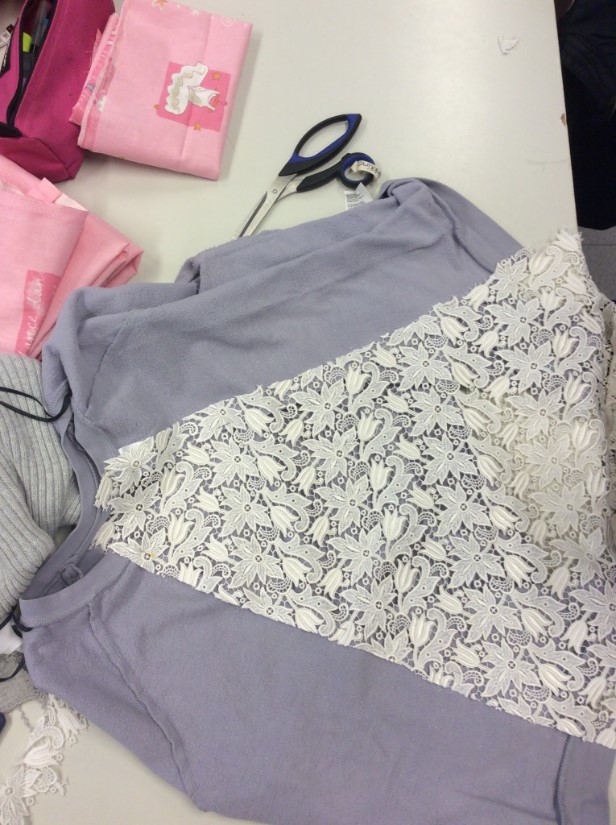
The choice of material affects the product’s properties. For example, wool is a better choice than cotton for warmth. These properties also affect the way in which the product should be cared for in order to make it last for as long as possible. For example, if the product is subject to heavy abrasion, the material must be durable and should be tested. You can test the durability of the colours and the material’s resistance to abrasion, light or washing by yourself or utilise the test laboratories at educational institutions.
The decisions made during the design phase affect all later phases of the product’s lifecycle, and the product’s environmental impacts are also determined by decisions made during product design. During the design phase, it is possible to make choices that seek to reduce negative environmental impacts, such as choosing durable materials, favouring organically produced materials and manufacturing the product as nearby as possible to reduce the carbon footprint of transport operations.
Considerations in product design:
- The product is controlled with regard to its dimensions and shapes.
- The product’s details are well-thought-out and functional.
- The material’s ‘past life’ can be visible in the product design.
- Designing structurally alterable and durable products.
- Utilising the existing structures of the recycled material.
Considerations in choosing materials:
- Choosing durable materials that are suitable for the product in terms of their properties.
- Considering how the material and the product’s shape go together.
- Choosing materials that are compatible in terms of their washing and care properties, taking into account the embrittlement of natural materials, such as the embrittlement of silk due to flax, for example.
- Taking product safety into account and running organoleptic tests on the material to detect any smell of mould, for example.
- Tracing the material’s origin if possible.
- Considering the impacts of the textiles’ finishing methods in relation to the end product, such as products worn against the skin or children’s clothing.
- For more information on the product safety of textiles, visit https://tukes.fi/en/products-and-services/general-consumer-goods/textiles.
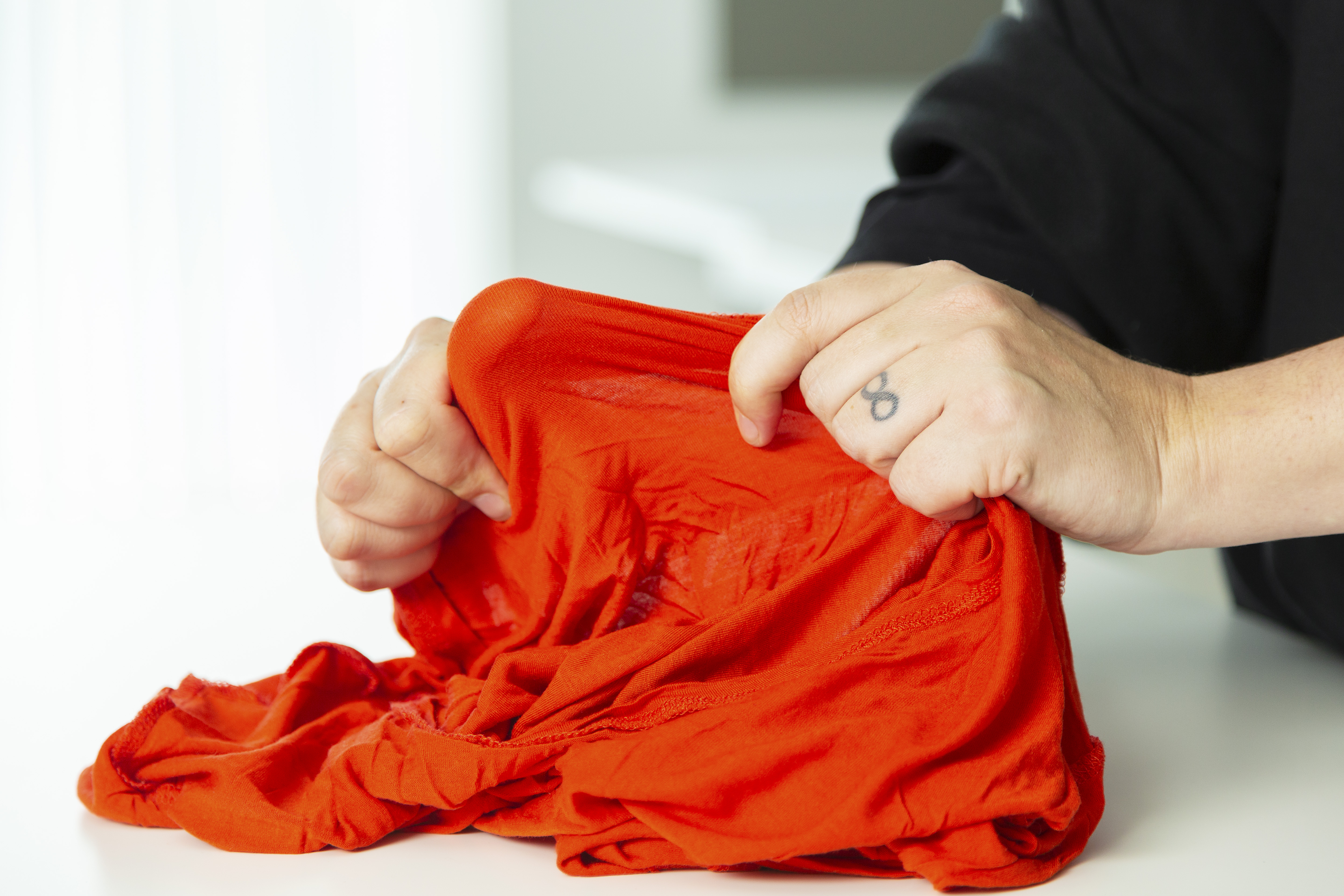
Considerations in cutting:
- the material’s properties, such as the stretching and drape of fabric
- grains according to the purpose of use
- the material required for seam structures
- economical use of materials.
Considerations in manufacturing:
- the functionality of the structures is analysed through experiments and a prototype
- ironing and tidying up during the process
- choosing stitches and threads in relation to the recycled materials
- the compatibility of recycled and new structures.
Considerations in finishing:
- final ironing and careful finishing of details
- final inspection of the product’s quality, including on the inside.
Considerations in brand building:
- the logo and packaging
- a story that shows the material’s history
- washing and care instructions
- When preparing care instructions for a circular economy product, the impact of the product’s details, surface finishings and the chosen materials must be taken into account. In general, the washing instructions must be prepared according to the weakest material or the material that is the most difficult to care for. Check who has the right to use care symbols. For further information, see Materials in circulation.
- pricing
- sales channels
- Marketing

